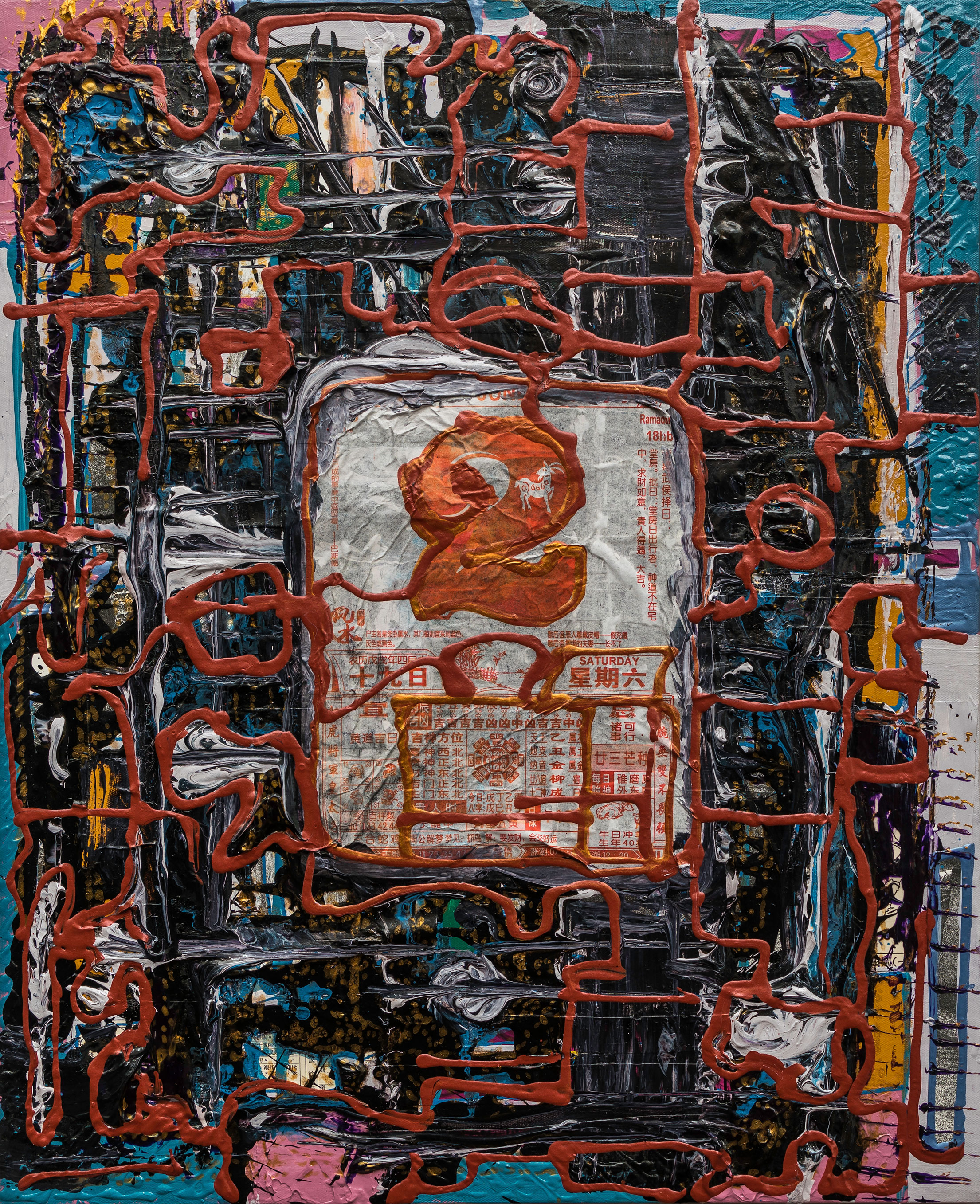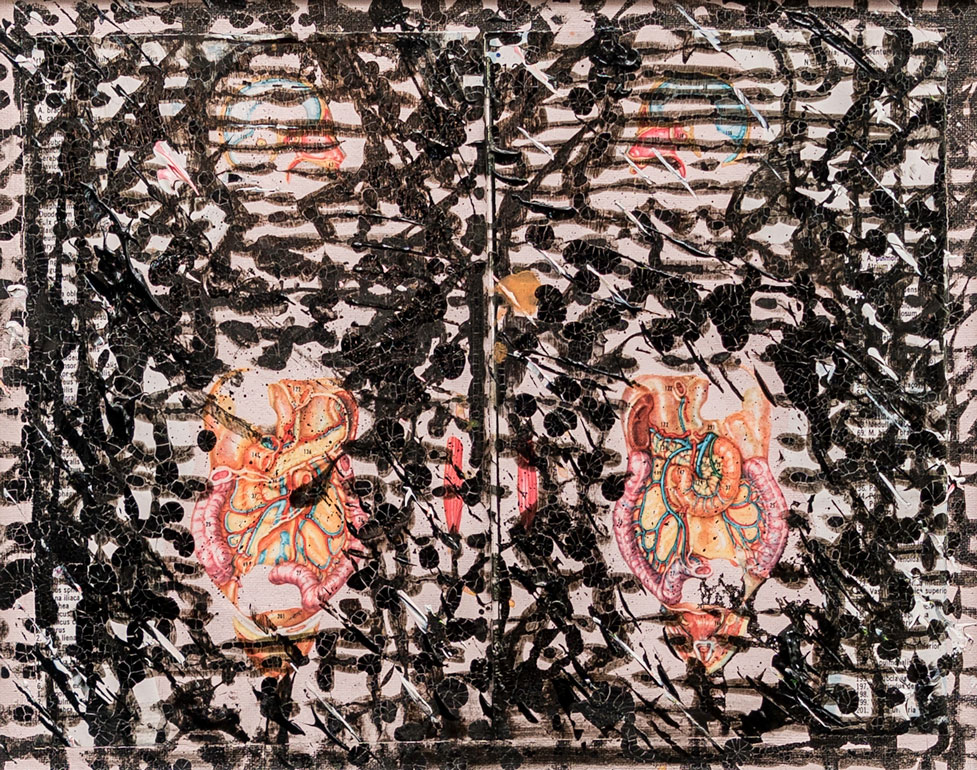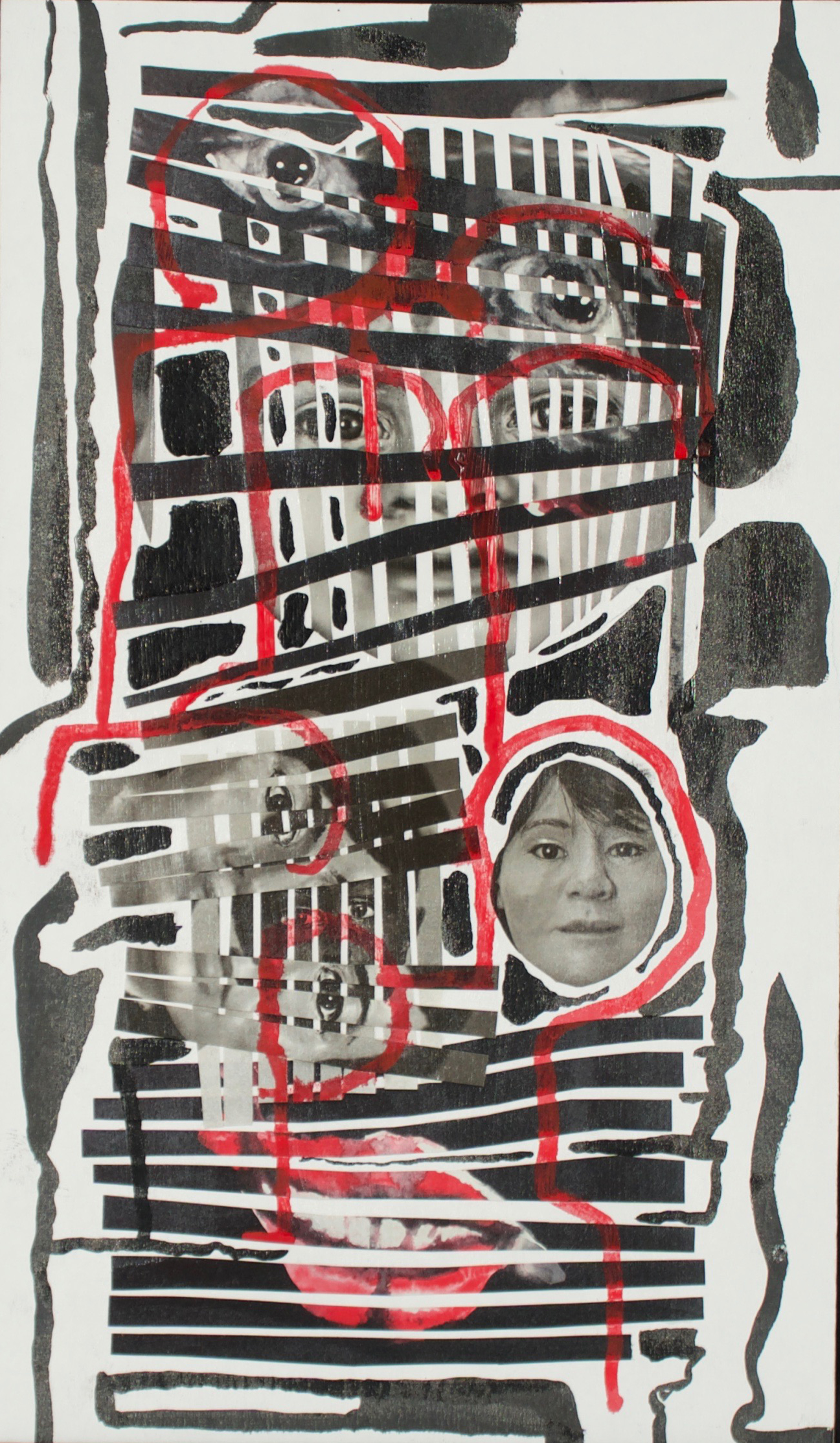Index
ENPSYCHLOPEDIA
Enpsychopedia
Upon being asked if he wanted to take home a 1970’s Britannica encyclopedia set that would have inevitably been thrown away, Brittan soon found himself immersed and inspired, skimming through the volumes of collected “information” and “facts”, dolefully antiquated. What Brittan found most interesting, was the way in which information was organized and structured; each subject and topic being condensed for commonality and readability. This consolidation and condensing process of historical or complex subjects and facts, clearly revealed the singularity and relativity of the written information. How could WWII, DNA, human anatomy, or the ethnic groups and cultures of South America be extrapolated and consolidated into one or two columns of text? The notion of picking your story, choosing a side, eliminating various facts for whatever reason is nothing new; mankind has been doing this for its whole sensual existence. However, what Brittan found most interesting, was the way in which some subjects or facts were given a singular image as a pictorial representation for a complex idea. This singular image often depicted an object, a man, or a map; possibly, an occasional woman or graphic organizer of some sort.
This micro/macro dissonance between the volumes of knowledge and highly curated facts is what Brittan found to be the singular thread of exploration in his new work.
The resulting body of work on display is much like an encyclopedia set containing 21 volumes/pieces, and depicting a myriad of singular images/facts, juxtaposed against each other within surreal landscapes. Using found imagery from both the old encyclopedia set and Brittan’s own personal collection, the focus for this body of work quickly became about the individual, collective person-hood, and the ontological discussion of human meaning and values. How does a fact exist? How is meaning from those facts derived? How does one remember? What is the trigger for recalling those thoughts? Instead of asking those questions directly, the work both singularly and collectively are asking and attempting to answer those very same questions.
The outcome of this work is highly processual and cathartic, yet depicting clarity of structure through the repetition of layers, lines, and coalescing pieces of imagery; the black inky outlines revealing a Rorschach-ish psychoanalytical tête-à-tête interlaced with nuances of Freud’s human psycho-sexual theories. In addition, the intentionality of obscurity and/or disillusionment within each piece, alludes to Brittan’s obsession with semantics and the personal values and meanings any one viewer may project onto the work creating layers upon layers of collective meaning and value.
May, 2018
























